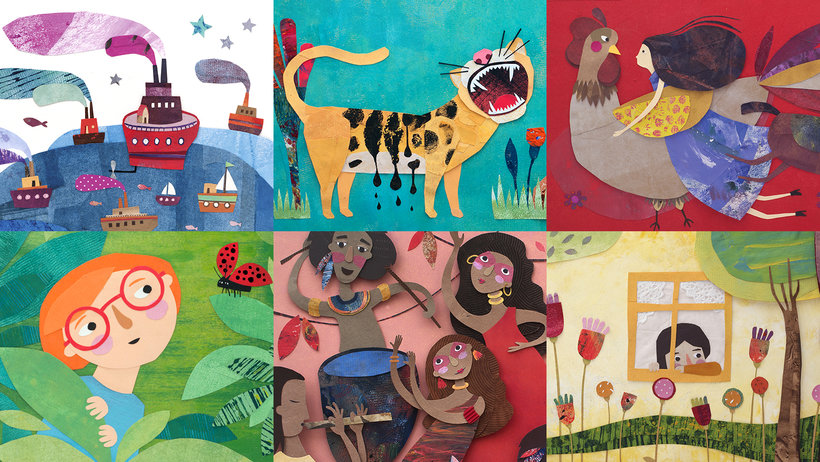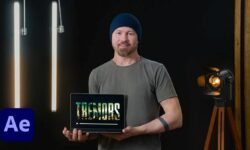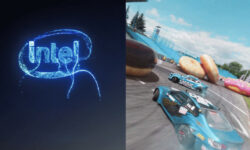Story Illustration with Paper (Spanish, Multisub)
Release date:2022
Author: Estrellita Caracol
Skill level:Beginner
Language:Spanish
Exercise files:Not Provided
Explore the possibilities of paper and learn to illustrate using collage techniques
The field of illustration covers a huge range of materials and techniques that offer endless creative possibilities. Achieving a specific result depends largely on your chosen medium, which is why experimentation is key. Artist Estrellita Caracol specializes in illustration using collage. Although she studied design, her passion for both collage and paper led her to children’s illustration using collage, an area that was uncharted territory for her at the time. When the chance arose, she picked up her paper and scissors and began to teach herself until it finally became her area of expertise.
In this course, Estrellita Caracol shows you how to develop a series of illustrations step by step to express your personal style through collage and tell a story in pictures.
What will you learn in this online course?
Kick off the course by hearing a little bit about Estrellita Caracol, her artistic background, and her journey so far. She talks about her career change from design to illustration as well as her work and her biggest creative influences.
Next, take a closer look at the materials and tools you need for your editorial illustration. Discover the importance of reading the reference text several times and searching for inspiration materials thoroughly.
Move on to the paper-cutting phase, using this time to experiment and see what works best for you and your project.
Estrellita shows you some exercises to help you with your creative process. Learn to put together a mood board of ideas to use as a reference to illustrate a series or story. Then, examine the context of your project closely to define the aesthetic.
Analyze possible formats and their advantages depending on the project and the components that make it up, such as color, and address different reading levels. Now take a look at basic color theory and decide on a color palette before going any further.
Estrellita Caracol explains how to produce your own paper pieces using a range of tools to achieve different textures and shows you how to paint them using acrylics.
Once everything’s ready, start building your first cityscape piece by piece. The first step is to sketch your composition in pencil and then get to work on the foundations of the collage. Find out why adding the pieces and arranging the colors in a certain order is important for your piece as a whole. Your teacher guides you every step of the way to help you achieve the desired depth and effects.
Finally, compose your second and third collages following the same process. It’s a good idea to work with your first illustration in front of you to help maintain visual coherence between all three pieces and bring your series together.
What is this course’s project?
Think up, design, and compose a series of three paper illustrations of a cityscape using collage.
Who is this online course for?
Illustrators, designers, students, painters, artists, and anyone interested in learning experimental illustration techniques, as well as those who want to broaden their collage skills.
Requirements and materials
You don’t need any previous experience to take this course, just come ready to cut up and play with colored paper.
In terms of materials, you need scissors, glue, paints, regular card, thick card, and different types of paper. A pair of watchmaker’s tweezers and acrylic paints would be useful, but are not essential.
If you’d like to digitize your compositions, you also need a camera, tracing paper, and a computer with Adobe Lightroom and, if possible, Photoshop.





 Channel
Channel





